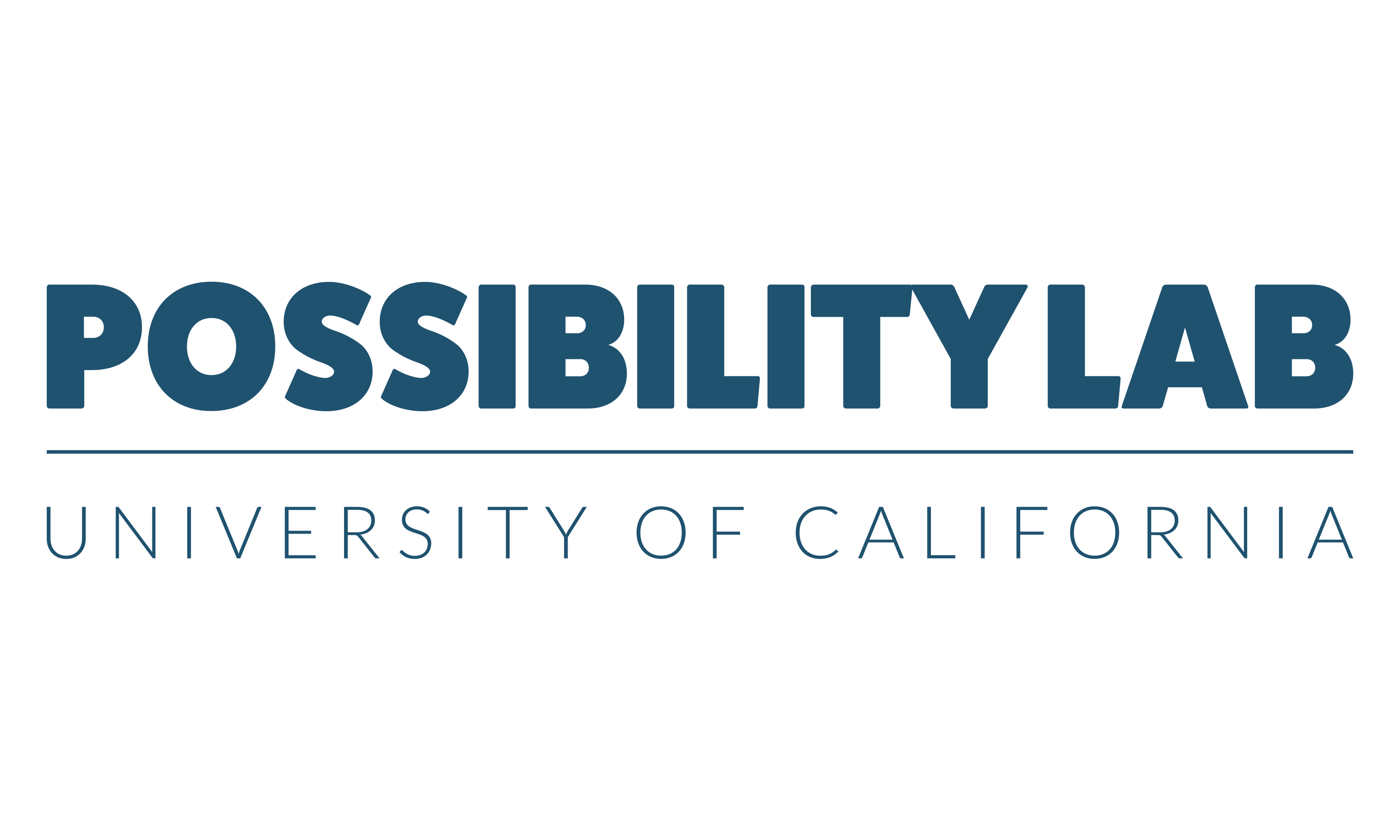How can we understand the changing landscape of prison higher education?
Increased interest in “rehabilitative” approaches to criminal justice reform, along with a growing acknowledgment that the existing system has done catastrophic harm to many individuals and communities, have cast a national spotlight on the potential for a new model of criminal justice reform: prison higher education.
Revitalized interest in new approaches to criminal justice reform has included a renewed interest in the potential of higher education in prison—for instance, in the context of the reinstatement of Pell Grant eligibility for currently incarcerated men and women. However, current efforts to advocate for expanding access to higher education in prison lack basic points of reference. Indeed, little is known about the number of higher education programs operating in prisons, the number of students enrolled in those programs, or details about the design of programs and/or their administrative structures. For practitioners trying to launch, sustain or expand programs, there is very little support.
In partnership with the National Alliance for Higher Education in Prison, the University of Utah Prison Education Project, the Possibility Lab conducted a study of the national landscape of prison higher education. The landscape study was focused on two related efforts. First, we designed and launched an annual survey to collect data about the universe of programs offering higher education in prison across the United States. In addition, we established a co-learning peer cohort program aimed at bringing together and supporting practitioners in the field.
Through these two sources of data, we are able to gather information on the challenges and opportunities associated with providing high-quality education to incarcerated people. In addition to a series of policy reports, the project has produced a searchable digital dashboard, where web users can explore and interact with the data. This will allow researchers, practitioners, policymakers and the public to answer descriptive questions about the field of higher education.
We hope our work will contribute to current conversations about public safety reform. Equally important, however, is that these data might encourage the expansion of high-quality higher education in prisons across the country, as well as increasing access to higher education for all. By facilitating a deeper level of conversation, data sharing, and problem solving, we hope to foster supportive environments where both teachers and students can thrive.
This project was made possible with funding from the Ascendium Education Group, ECMC Foundation, Laughing Gull Foundation, and the Lumina Foundation.
Our Work




